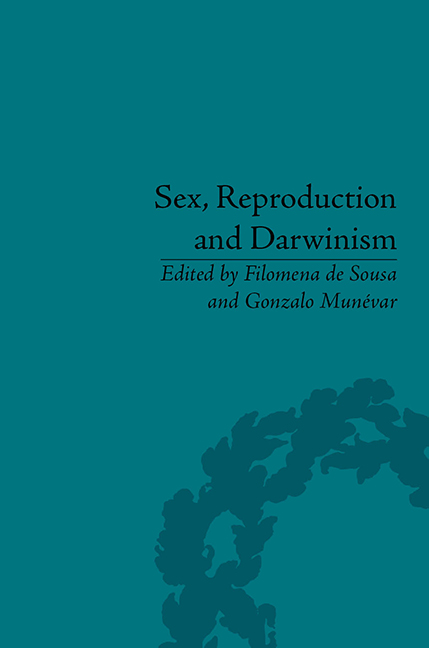Book contents
- Frontmatter
- CONTENTS
- Acknowledgements
- List of Contributors
- List of Figures and Tables
- Introduction
- Part I Reproduction, Mortality and Evolution
- 1 From Birth to Death: The Evolution of Life Histories in Guppies (Poecilia reticulata)
- 2 If we have Sex, do we have to Die?
- Part II Reproduction without Sex?
- Part III Sex without Reproduction?
- Part IV Sexual Selection and Morality
- Part V Sex, Reproduction and Evolutionary Psychology
- Part VI Eugenics from Natural to Social Selection
- Notes
- Index
1 - From Birth to Death: The Evolution of Life Histories in Guppies (Poecilia reticulata)
from Part I - Reproduction, Mortality and Evolution
- Frontmatter
- CONTENTS
- Acknowledgements
- List of Contributors
- List of Figures and Tables
- Introduction
- Part I Reproduction, Mortality and Evolution
- 1 From Birth to Death: The Evolution of Life Histories in Guppies (Poecilia reticulata)
- 2 If we have Sex, do we have to Die?
- Part II Reproduction without Sex?
- Part III Sex without Reproduction?
- Part IV Sexual Selection and Morality
- Part V Sex, Reproduction and Evolutionary Psychology
- Part VI Eugenics from Natural to Social Selection
- Notes
- Index
Summary
Introduction to Life History Evolution
The Life History Dilemma
I study the evolution of the entirety of the life history, from birth to death, in sexually reproducing organisms. I define the life history as the composite of all of the traits that contribute to how an organism propagates itself. The most important components of the life history in the animals I study are the age at maturity, how often the animal reproduces after attaining maturity, and how it divides its resources among growth, maintenance, storage (e.g., fat reserves) and reproduction.
My interest in life histories is motivated by the theoretical importance of life history traits and by the natural history of life histories. On the theory front, the components of the life history are very closely allied to how we define Darwinian fitness. Fitness equals the relative success of different phenotypes in contributing offspring to the next generation. Life histories are defined by the timing and quantity of resources that are devoted to producing offspring. The compelling feature of the natural history of life histories is that they are so incredibly variable among species and populations. In plants and animals, the age at first reproduction can vary from days to centuries and the frequency of reproduction can vary from once (as in a salmon or some agaves) to dozens of times or more.
- Type
- Chapter
- Information
- Sex, Reproduction and Darwinism , pp. 9 - 32Publisher: Pickering & ChattoFirst published in: 2014



